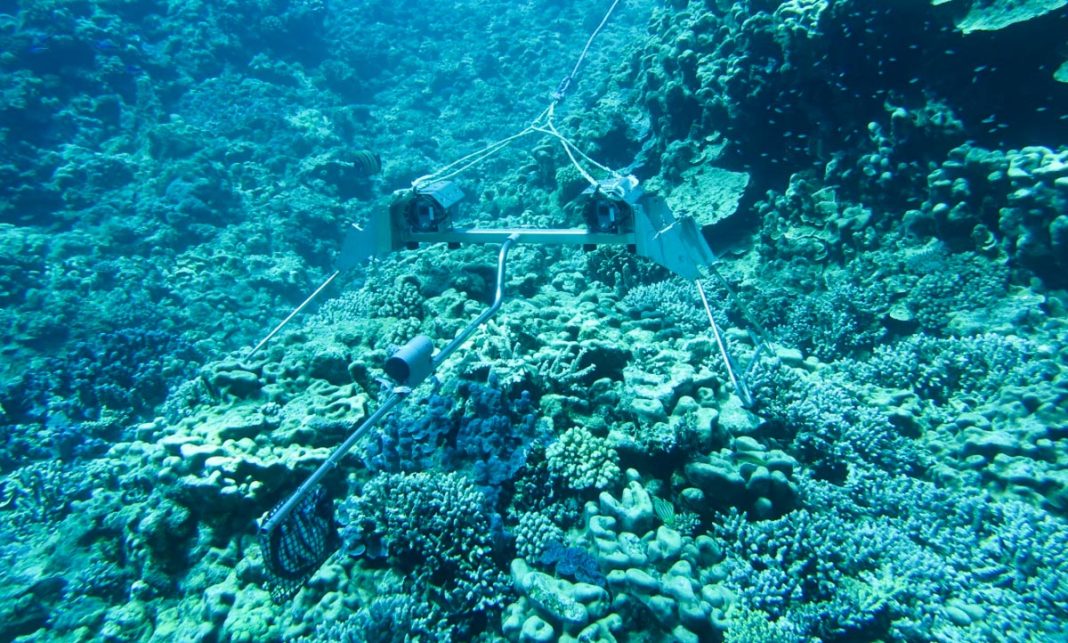The burgeoning issue of microplastics in the ocean’s depths is more severe than previously believed, painting a concerning picture of pollution in the planet’s most remote ecosystems. Recent studies have shed light on the ubiquity and impact of these minute pollutants, revealing their presence even in the most inaccessible parts of the ocean floor.
The Extent of Deep-Sea Microplastic Pollution
In a groundbreaking study conducted in the Kuril-Kamchatka Trench, researchers discovered an astonishing concentration of microplastics in sediment samples collected from depths ranging between 5,740 and 9,450 meters. Not a single site was free of microplastics, with quantities ranging from 215 to 1,596 particles per kilogram of sediment. This revelation underscores the gravity of plastic pollution, with a significant portion of plastic waste entering the oceans and sinking to the ocean floor or being carried to deep-sea regions by currents.
Types of Plastics Found
The study identified 14 different types of plastics in the samples, including polypropylene and acrylates, commonly used for packaging and paints, respectively. This diversity of materials suggests a wide range of sources contributing to deep-sea pollution.
Impact on Biodiversity
The presence of microplastics in deep-sea sediments poses a significant threat to biodiversity in these environments. High levels of microplastic pollution disrupt the relatively stable and pristine ecosystem of the deep sea, putting its unique biodiversity at risk.
Research Methodologies
The studies utilized advanced methods such as fluorescence microscopy and Optical photothermal infrared (O-PTIR) spectroscopy to detect and analyze microplastics. These techniques allow for the detailed examination of microplastic contamination and its impact on deep-sea environments.
The Road Ahead
The findings highlight the urgent need for global efforts to manage plastic waste and mitigate its entry into the ocean. As the deep sea becomes the final repository for a significant portion of plastic waste, understanding its long-term effects on marine ecosystems is crucial. Further research and international cooperation are essential to address this pervasive issue and protect the deep ocean’s biodiversity.
Conclusion
The silent crisis of microplastics in the deep sea reveals the far-reaching consequences of human activity on the planet’s most remote and unexplored ecosystems. By shedding light on the scale and impact of deep-sea microplastic pollution, scientists are calling for immediate action to prevent further damage to these critical habitats.

